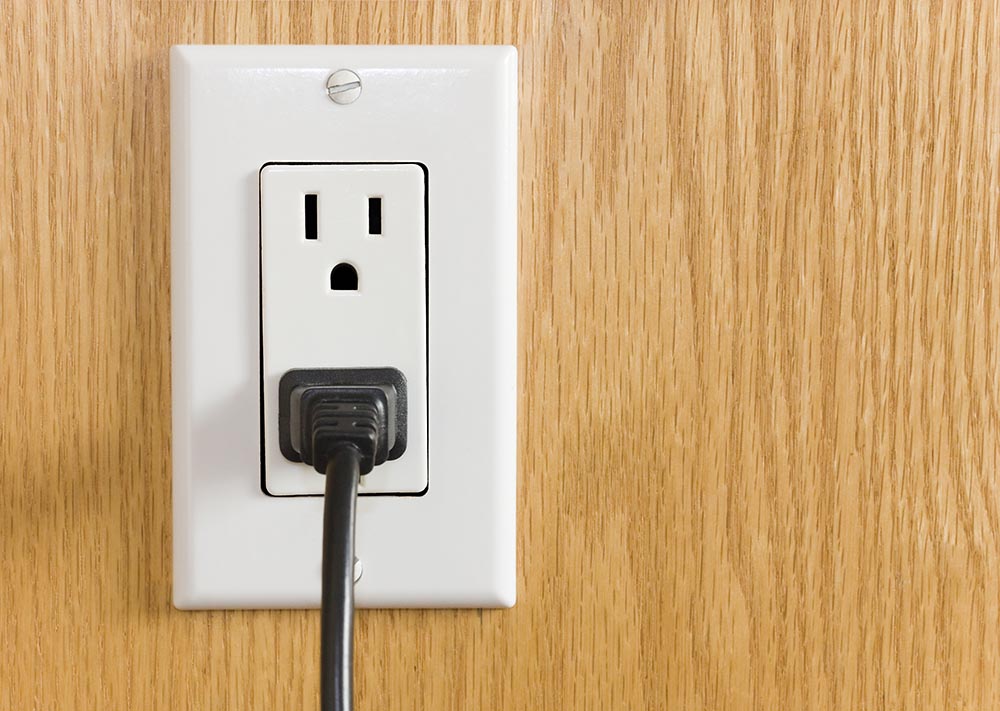A dead outlet is something that we have all grappled with at one point in life. Imagine your phone is about to die, so you decide to connect so that it can charge overnight. However, you wake up early in the morning to check your emails and messages only to realize that the phone didn’t charge even though the lights are on. Sounds familiar! Yes, these are the signs of a dead outlet.
Did you know that most of the problems behind non-working outlets can be resolved by troubleshooting? Before you seek help from professional electricians, there are a few things you can try. But, first of all, you need to understand whether you are dealing with a simple problem that you can DIY or a massive electrical issue that needs to be checked immediately by an expert. So, what do you do about this dead outlet?
Check for Signs of a Major Electrical Issue
Although DIY troubleshooting can save you some bucks, you need to be sure that you are not dealing with a hazardous issue that can cause further damage. You can do this by checking to see if:
- The problem affects other outlets in the house.
- There is a strange smell coming from the dead outlet
- The outlet sparks when a device is plugged in.
- There are signs of melting and discoloration or heat and warmth from the outlet
If you happen to find any of the above issues, don’t hesitate to call a professional electrician as this may not only point to a dead outlet but a more serious electrical problem that needs to be addressed immediately. However, if none of the issues highlighted above are present, you can go ahead and troubleshoot the dead outlet.
Troubleshooting a Dead Outlet
Try the Outlet with Another Appliance
Get another device that you’re sure is working, such as a lamp, and plug it into the affronting outlet. If it works fine, you’ll know that the problem is with the other device you were trying to use and not the outlet. If it doesn’t function, you can move to the next troubleshooting technique.
Check the Breaker Panel
Most homes have a circuit breaker that shuts off the electric circuit when it is overloaded. Open the breaker panel and look for a tripped circuit breaker or a damaged fuse. If it was tipped, you just need to unplug the devices overloading that line, replace the worn-out fuse, and reset the breaker to fix the problem.
Check the GFCIs
Modern building codes dictate that ground fault circuit interrupters (GFCIs) be installed in areas near water, such as laundry rooms, bathrooms, and kitchens. And although a GFCI outlet is designed to sense electricity surges and shut off to minimize risks of shock, sometimes it goes off even when there is no surge. So, when you are dealing with a dead outlet, it is also crucial that you check out the GFCI outlet, and reset it if it was down. You can plug in your charger and see if it’s charging.
Call in Electrical Repair Professionals
If the DIY troubleshooting tips don’t reinstall power at the outlet, it is time to call in the experts. You should never try to repair the dead outlet if you don’t have the necessary experience and skills. Electricians boast special equipment and vast knowledge that can help them detect and pinpoint electrical problems that would be difficult for you to locate.
Looking for a professional electrician in Kansas City? Contact Fusion Electric today!


